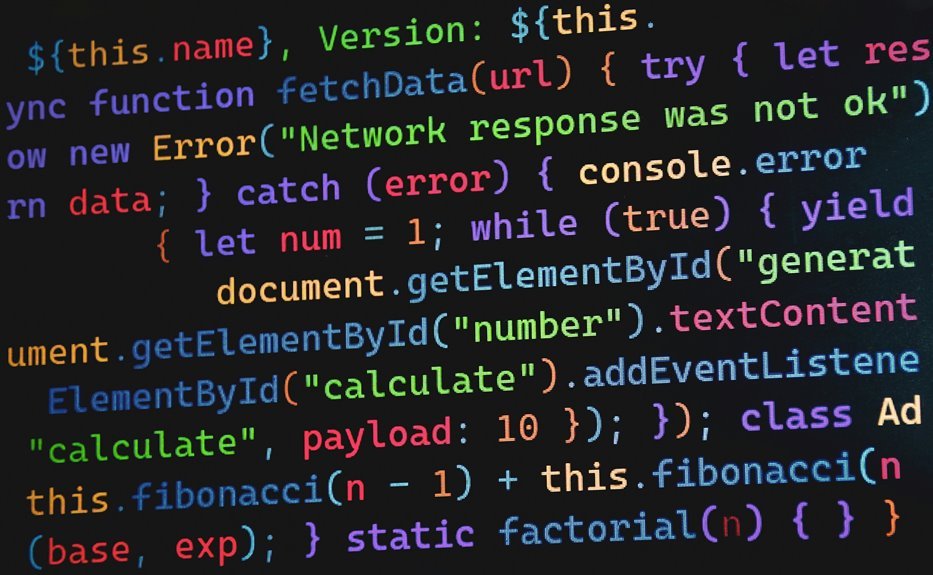The 39187 – Error Batch Code presents significant challenges within batch processing systems. This error often emerges from data inconsistencies and insufficient error handling, leading to workflow disruptions. Identifying the root causes is essential for restoring operational efficiency. Various troubleshooting steps can be employed to address the issue effectively. Understanding these aspects is crucial for enhancing system reliability and preventing future complications. What specific strategies can be implemented to mitigate this pervasive error?
Understanding the 39187 – Error Batch Code
The 39187 – Error Batch Code represents a specific classification within error reporting systems, often encountered in various software environments.
This error code explanation highlights common batch processing issues that disrupt workflow efficiency. Understanding this code is crucial for developers and users alike, enabling them to identify the underlying problems swiftly and implement effective solutions, ultimately fostering a more liberated software experience.
Common Causes of the Error
What factors contribute to the emergence of the 39187 – Error Batch Code? Common causes include data inconsistencies during batch processing, inadequate error handling protocols, and system resource limitations. These issues often hinder effective error resolution, resulting in operational delays. Understanding these underlying factors is crucial for organizations seeking to mitigate the impact of such errors on their processes and maintain system efficiency.
Troubleshooting Steps to Resolve the Issue
Effective troubleshooting is essential for resolving the 39187 – Error Batch Code and restoring operational integrity.
Initiate error resolution by checking batch processing logs for discrepancies. Validate data integrity and confirm system configurations.
Reproduce the error in a controlled environment to identify triggers. Engage with technical support, if necessary, to leverage expertise in resolving complex issues efficiently and effectively.
Preventing Future Occurrences of the Error
Implementing robust preventative measures is crucial for minimizing the risk of encountering the 39187 – Error Batch Code in the future.
Adopting comprehensive error prevention strategies, such as thorough training for personnel and standardized operating procedures, enhances understanding and compliance.
Additionally, effective monitoring techniques, including regular system audits and performance reviews, facilitate early detection of anomalies, thereby ensuring operational integrity and safeguarding against future errors.
Conclusion
In conclusion, the 39187 – Error Batch Code poses a formidable challenge that can compromise operational efficiency. As developers dissect the intricate web of potential causes, a looming uncertainty persists: will they identify the root issue before it escalates further? With meticulous adherence to troubleshooting protocols and proactive measures, the specter of this error can be diminished. However, the ever-present risk of recurrence hangs in the balance, urging continuous vigilance and refinement in error management strategies.





